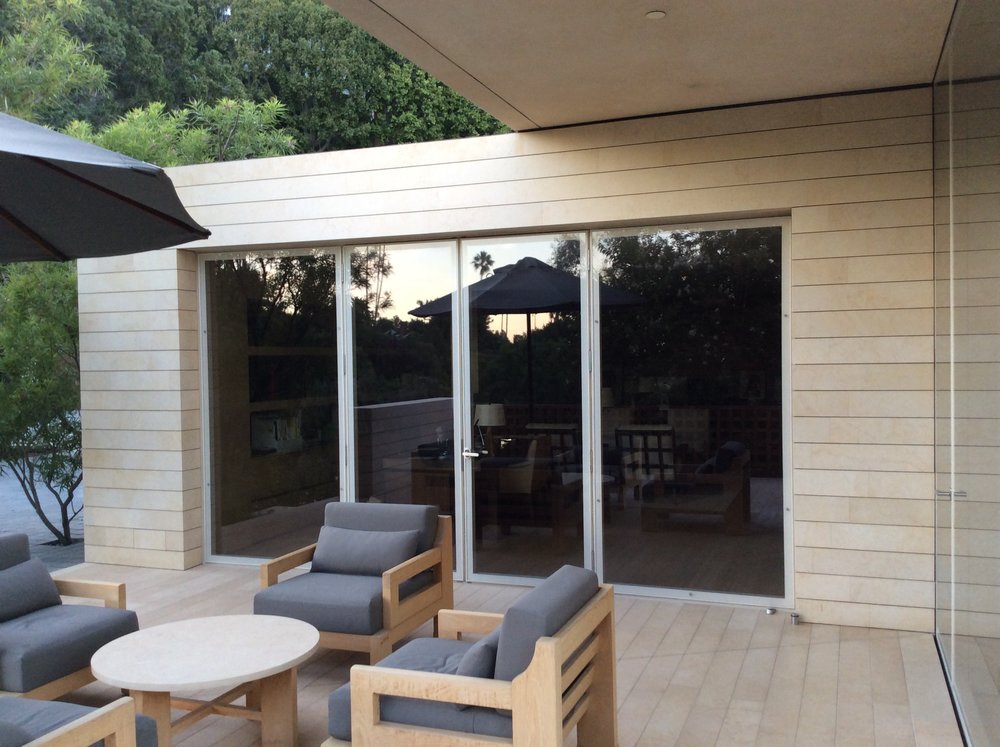So, you’re thinking about tinting your windows. Maybe you’re looking for a little extra privacy or a way to minimize the effects of the sun’s rays on your furniture and floors. Or maybe you just like the look and feel of tinted windows. Whatever your reasons may be, it’s important to understand the potential effects of tinting on both the lighting and privacy of your home.
You might find yourself asking: Does window tinting make houses darker inside? Don’t worry, it doesn’t have to. With the right selection of window film, you can balance both light and privacy in your home to create an ideal living space. In this article, we’ll explain how window tinting works, what to look out for when selecting a film, and how to ensure you get the perfect balance between light, privacy, and style. Let’s get started.
How Much Does Tinting Actually Darken a Room?
Have you ever wondered whether tinting your windows will make your house darker? It’s a common question, and the simple answer is… it depends.
Think of it this way: when the sun shines, tinting helps block out certain wavelengths of light while still allowing others in. This means that tinting can actually filter out some of the brightness, while still allowing natural light to fill the room.
What’s important to note, however, is that window tinting comes in varying shades, so you can choose how much light you want or don’t want to let in. From almost clear shades to super dark ones, you have many options depending on how much privacy and shade you need for your home.
Choosing a Tint Level That Provides Privacy Without Sacrificing Too Much Light
If you’re looking for a way to add privacy to your home without sacrificing too much natural light, tinting can be a great option. But it’s important to choose the right tint level so that you get the desired amount of privacy without making the space too dim.
Generally, any tint level that blocks over 30% of visible light will drastically reduce light and make spaces dark. To maintain optimal natural light levels, you should choose a auto tint that blocks only about 20% of visible light. This will provide good privacy without significantly reducing natural light inside your home.
If you want more privacy without sacrificing as much natural light, look for “reflective” tints, which allow some natural sunlight to pass through while still providing strong privacy benefits. These types of tints are often ideal for residential applications because they can minimize glare and darken rooms without eliminating natural light altogether.
Maximizing Natural Light in Rooms With Tinted Windows
You’ve probably heard that tinting your windows makes your home darker but what if you want to keep the light without sacrificing your privacy?
Fortunately, there are ways to maximize natural light in rooms with tinted windows. It all comes down to the quality of the film you choose.
Opt for higher-grade films
Higher-grade films window tints allow a significant amount of light and UV rays in, while blocking out most glare and heat. This will keep a room bright while maintaining privacy at the same time.
Choose lighter films
If you don’t want to stick with higher-grade films, you can always opt for lighter films. This will still keep the heat and UV rays out. But it won’t be as effective against glare as higher-grade films. However, it will still reduce glare by about 75%.
Use mirrors strategically
Mirrors are another way to increase natural light in rooms with tinted windows. When used strategically, mirrors can help distribute natural light more evenly throughout a room, making it appear brighter without compromising your privacy. All you have to do is place them near window coverings that have been tinted on either side of a window or near illumined walls corners.
Artificial Lighting Options to Brighten Up Tinted Rooms
You might be wondering what options you have if you’re concerned about the darkness that tinting can bring to your home. The good news is that there are plenty of artificial lighting options to brighten up tinted rooms.
1. LEDs
LED lights, or light-emitting diodes, are a great option for providing bright, natural-looking light inside a tinted room. Incandescent bulbs use more power than LEDs. So they’re a more environmentally friendly option and they consume less energy as well.
2. Skylights
Installing skylights can bring in natural sunlight and make a room brighter without using any extra energy. Skylights also allow you to adjust the amount of light in the room by changing their angle. Controlling the amount of light in your house.
3. Task Lighting
Task lighting is focused and directed lighting that can provide plenty of illumination in specific areas of your home. For example, task lighting can be used in living spaces to create pools of light around areas. Like desks or reading nooks. It’s especially useful in rooms with lots of windows or skylights. Since it can help balance out natural and artificial light sources.
Creative Ways to Make Dark Rooms Seem Brighter and More Open
You might think that tinting would make your house darker, but it doesn’t have to! In fact, if done right, tinting can be used to make a house look brighter and more open. I’ve got a few ideas:
Use mirrors
Mirrors can help reflect light and brighten up dark rooms by bouncing light off the walls. Place them strategically in the room and you’ll be surprised at how much brighter the room can become.
Paint with lighter colors
Dark colors absorb light, whereas lighter colors reflect it back into the room. To make a room look brighter, try adding some light-colored paint on the walls or ceiling. This trick is especially effective when used in combination with other techniques like mirrors or natural lighting.
Invest in natural lighting solutions
Natural lighting is one of the best ways to make a dark room look brighter and more open. Try investing in energy-efficient windows that let more natural light into your home or installing skylights to bring in additional sunshine during the day. With a bit of clever design and planning, you can maximize natural light. While still maintaining your privacy with window tinting.
No matter what approach you take. There are plenty of creative ways to make dark rooms seem brighter and more open without sacrificing privacy. With some clever design choices like tinted windows you can create a beautiful space that is both inviting and comfortable.
Conclusion
In conclusion, tinting your windows can be a great way to balance light and privacy while also reducing energy costs. It offers many advantages like protecting furniture and floors from fading, reducing glare and heat, and providing privacy. By selecting the right tint and ensuring you have the right amount of natural light for the room, you can enjoy all these benefits without making your house too dark. So dont be afraid to have your windows tinted and enjoy the light and privacy you need




